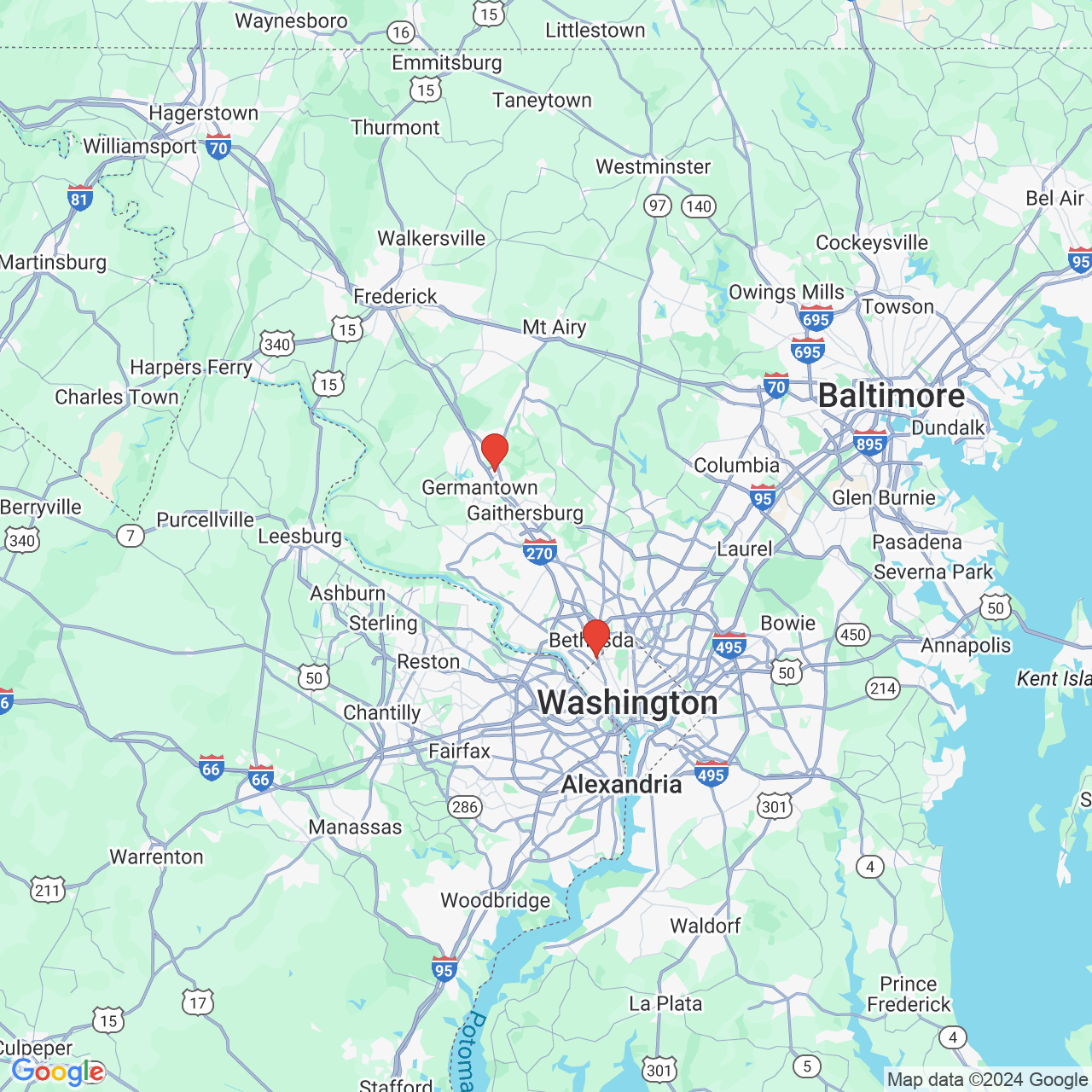Male Breast Reduction
Gynecomastia is an excess male breast which generally occurs due to weight gain. Other factors such as hormones, genetics or a fatty tumor can result in gynecomastia. A comprehensive workup should be conducted before surgical treatment especially when a patient presents with a unilateral or one sided enlargement. In many cases, no cause is found. Men with this condition are generally extremely self conscious regarding their physique and overall posture. Treatment of gynecomastia involves liposuction alone or liposuction with direct excision. Scars are generally around the areola or hidden in the breast folds. Technique used depends on the size of the breast, the amount of fat vs actual breast tissue and the amount of sagging.
Who is a Candidate?
Healthy male patients with excess breast tissue or unwanted breast development who have no underlying breast disease are the usual candidates. Patients should have realistic expectations based on their condition and the procedure performed. Men who desire improved physical and aesthetic appearance must consult a cosmetic surgeon for their options.
Procedure Description
Male breast reduction using liposuction alone can generally be performed as an in-office procedure using oral sedation and local anesthesia. More extensive surgery requiring direct excision of breast tissue and/or excision of excess skin is generally conducted at an accredited surgical center under general anesthesia. Liposuction, after tumescent, is generally performed through a small incision at the areolar border. A larger incision is needed for excision of breast or mammary tissue, and skin resection is required to remove excess or drooping skin. If adjacent excess tissues are noted, then a more extensive resection may have to be performed to ensure an improved result. A drain placement is extremely rare in male breast reduction. A compression garment is always placed at the end of the procedure.
Recovery-Recuperation and Healing
Most men tolerate the procedure very well and post operative discomfort is managed with oral medications. The patient is seen the next day for a follow-up visit. Compression garment is usually used for 2-4 weeks depending on the extent of the surgery. Some drainage from the incision site can be expected for 2-5 days post operatively. Although absorbable sutures are used, some removal or release of sutures is required 7-10 days after surgery. Light activity can resume in 3-7 days. Full activity may resume in 2 to 4 weeks depending on the extent of the surgery. Complications are extremely rare. In cases where excess weight or hormonal/steroid intake is the underlying cause, post operative restriction is important for the success of the surgery. Medical therapy, follow-up with an endocrinologist, diet and exercise with a trained dietician and/or exercise therapist may be helpful.

